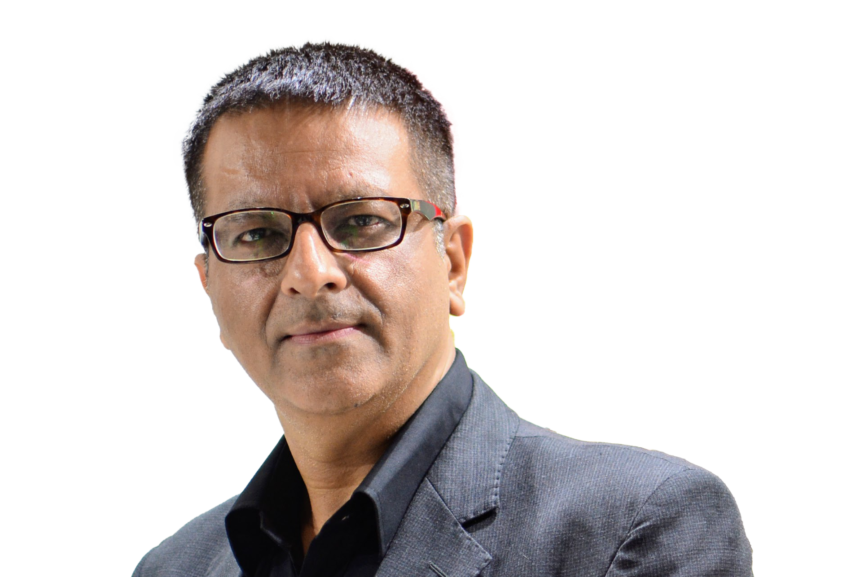- Which recent advances in metal cutting technology have brought about the biggest change in efficiency and precision?
Advances in metal cutting technology are not driven individually, but by a combination of innovations across software, machine tools, controllers, cutting tools, workholding, and cooling media. For example, Mastercam software plays a vital role in achieving accuracy and efficiency, optimizing toolpaths, reducing cycle times, and enabling seamless multi-axis machining of complex geometries. We provide CAM solutions. Similarly, the current generation of CNC machines with high-speed spindles and advanced controllers with real-time feedback and AI-driven algorithms are setting new standards in precision and productivity. Cutting tools such as coated carbides, ceramics, and polycrystalline diamond (PCD) continue to evolve with enhanced wear resistance and thermal stability, allowing faster cutting speeds and superior surface finishes. It has become. Workholding solutions now integrate modular and automated systems to ensure stability during high-speed operations while enabling quick changeovers and reducing downtime. Additionally, advances in cooling media, such as high-pressure through-tool coolant supplies and environmentally friendly biodegradable lubricants, are improving chip evacuation and tool life while minimizing environmental impact. Together, these innovations address the longstanding challenges of inconsistency and inefficiency and create a holistic approach to reliable, consistent precision manufacturing.
- How is the industry adapting to sustainable manufacturing practices, and what specific efforts are helping to reduce its environmental impact?
The manufacturing industry has adopted sustainability as a core pillar, with leading vendors implementing targeted initiatives that benefit both their operations and their customers. As an example, cutting tool vendors are developing recyclable tool materials and innovative chip management systems to help customers minimize waste and align with circular economy principles. Similarly, CNC machine manufacturers are setting an example of sustainable factory operations by optimizing energy consumption with intelligent power management and increasing the use of renewable energy sources to power their production facilities.
CAM software companies like Mastercam develop innovative solutions that optimize cutting paths, significantly reduce material waste, and improve operational efficiency for their customers. Biodegradable lubricants and high-pressure through-tool coolant delivery systems introduced by coolant suppliers reduce environmental toxicity while increasing tool life and productivity.
Manufacturers can also improve by ensuring their processes comply with global sustainability standards such as ISO 14001 and by implementing circular economy models that reintegrate waste into the production cycle. , is committed to ESG (environmental, social, and governance) goals. This collaborative approach between vendors and customers drives a more sustainable future across the manufacturing ecosystem.
- As digitization reshapes manufacturing, what new skills are essential for today’s workforce and how is the industry addressing the skills gap?
Closing the skills gap in an increasingly digital manufacturing environment is critical to sustaining growth and innovation. With the introduction of advanced tools such as CAD/CAM software, AI, and IoT, the skillsets required by employees are rapidly evolving. To succeed in the modern manufacturing ecosystem, employees must look to increase their proficiency in areas such as data analytics, digital twin modeling, and machine programming.
Recognizing this need, Mastercam India has proactively partnered with Tata Technologies to support industrial training institutes across India ( ITI) has been upgraded. These collaborations aim to tailor training programs to real-world manufacturing requirements and ensure graduates are employable. Mastercam University, an online learning platform, is another important initiative that offers structured, self-paced courses on Mastercam software. We provide practical tutorials and certifications to help both students and professionals strengthen their CAD/CAM expertise and stay competitive in the job market.
The industry as a whole is also leveraging cutting-edge technology to close the skills gap. The upskilling program utilizes a virtual training platform and augmented reality (AR) to simulate the machining environment to provide an immersive, risk-free learning experience. The apprenticeship model, which combines theoretical knowledge and practical practice, continues to play an important role in talent development.
- What trends are driving the current demand for metal cutting solutions and how do you expect the industry to adapt to these trends?
Global market trends are reshaping the demand for metal cutting solutions with transformative trends across multiple sectors. Increasing defense needs are spurring advances in precision manufacturing in countries around the world, while the proliferation of air travel and drone manufacturing is making lightweight materials such as titanium and carbon composites that require specialized cutting tools and machining strategies. Materials are in demand. In the automotive sector, vehicle electrification (EV) has created an urgent need for tighter tolerances in battery components and electric drivetrains, and rapidly changing consumer preferences are forcing manufacturers to increase the Both are having to adapt to shorter product cycles.
The industry is also increasingly turning to modular manufacturing systems that can be quickly customized to meet diverse production requirements. By combining these systems with smarter tooling solutions and predictive maintenance technology, manufacturers can meet evolving customer expectations with greater agility and precision.
As these forces converge, manufacturers are adopting cutting-edge strategies to remain competitive. Advanced CAD/CAM solutions like Mastercam play a key role, enabling the generation and optimization of accurate toolpaths for the complex geometries required for lightweight and EV components. Predictive analytics integrated with IoT-enabled CNC machines can help reduce downtime and increase efficiency. Advances in tooling and adaptive machining techniques also ensure superior performance even in difficult materials such as composites and high-strength alloys.
- What do you think is the most important challenge facing the metal cutting industry today and what steps is your organization taking to remain competitive?
The metal cutting industry faces several significant challenges that not only impact current operations but also shape future competitiveness. The key to this is slow adoption of new technology, reliance on decisions not based on data, and inadequate maintenance of equipment and software. These issues can create inefficiencies, limit scalability, and reduce the ability to adapt to market changes, ultimately impacting both current profitability and the ability to meet future demand. give.
Rising raw material costs and supply chain volatility add complexity, forcing organizations to balance operational efficiency with pressure to meet stringent sustainability regulations.
To overcome these hurdles and remain competitive, consider the following:
- We invest in research and development to enable greater precision, speed and adaptability for challenging new-age materials, as well as process improvements for traditional materials.
- By focusing on local sourcing and developing a multi-tier supplier network, we build resilient supply chains and reduce dependence on volatile global markets.
- Leverage AI and IoT solutions to integrate real-time data into decision-making to help manufacturers predict maintenance needs, optimize processing parameters, and reduce waste.
- Additionally, regularly updating your CAD/CAM software, such as Mastercam, to ensure compatibility with the latest CNC machines is essential to maintaining productivity and keeping pace with technological advancements.
Companies that embrace innovation, invest in talent development, and take a data-driven approach are poised to take the lead in a competitive and rapidly evolving market.
Box – Come visit us at IMTEX 2025, Hall 1B, Booth A102.

Copy of magazine – https://www.machineinsider.com/dynamic-manufacturing-india-jan-feb-2025-edition/






